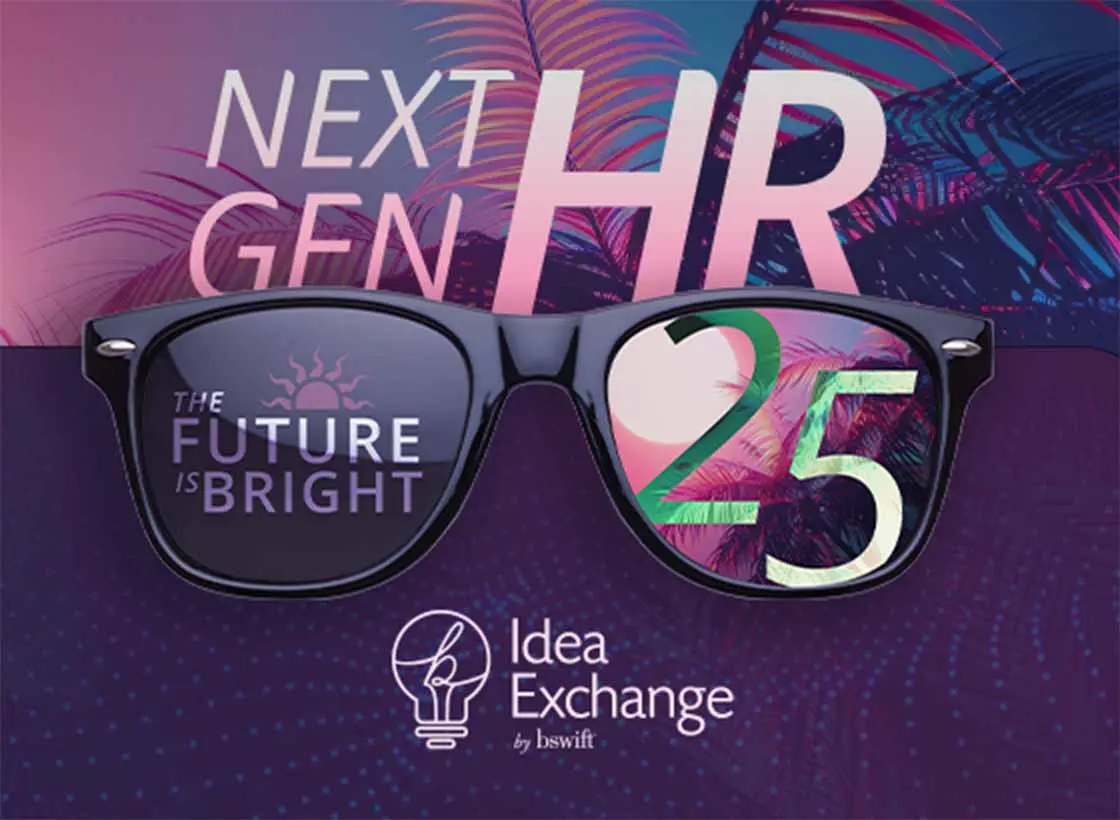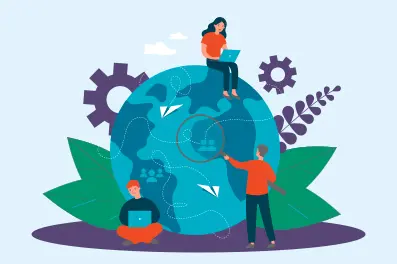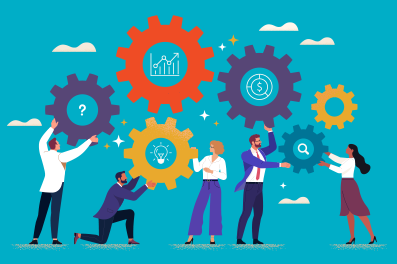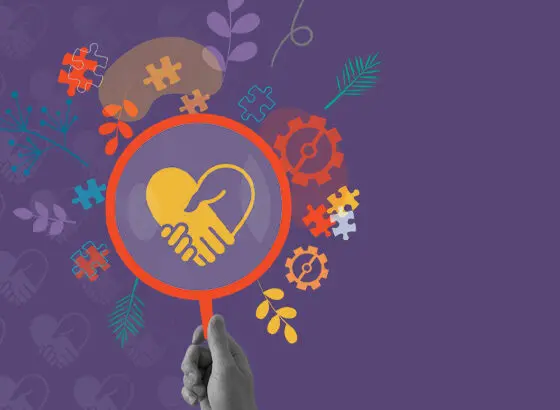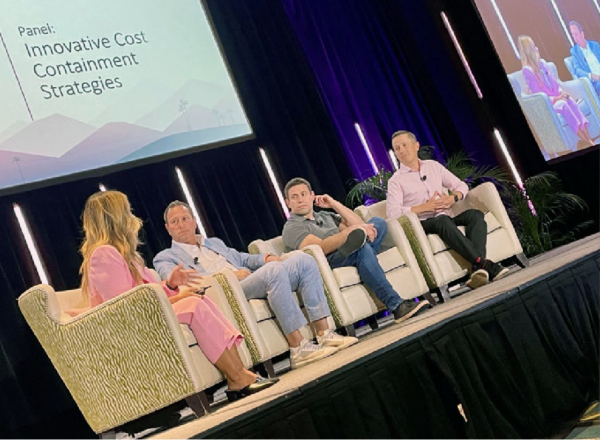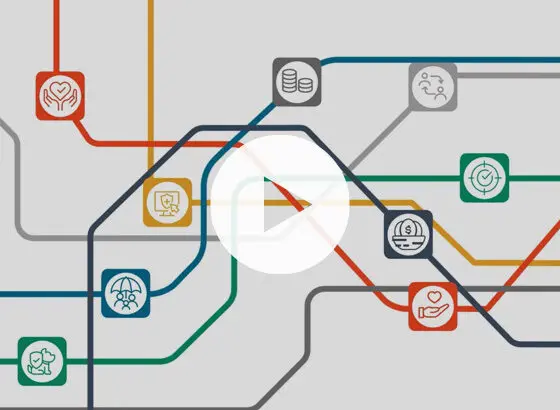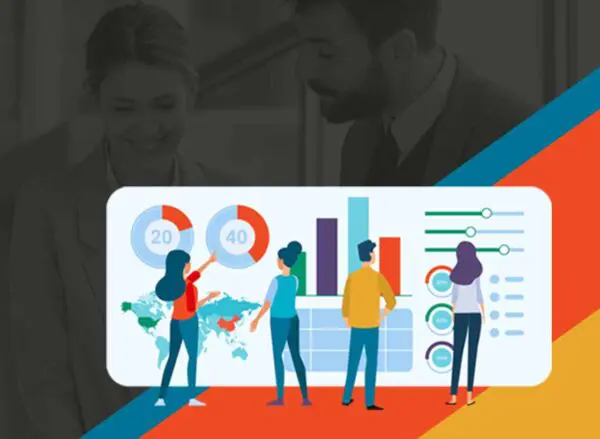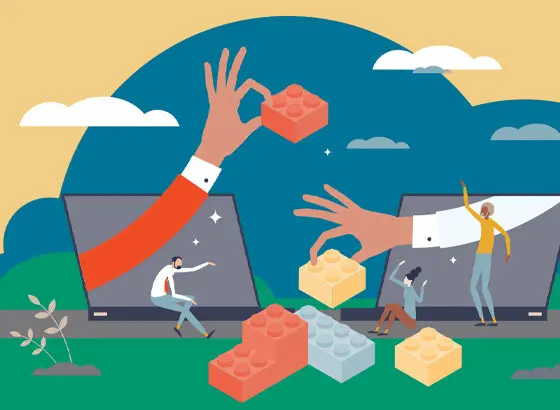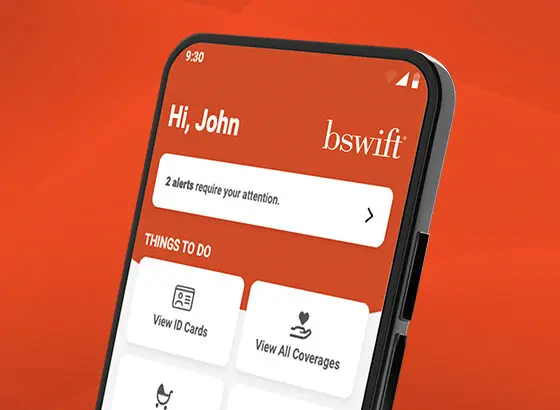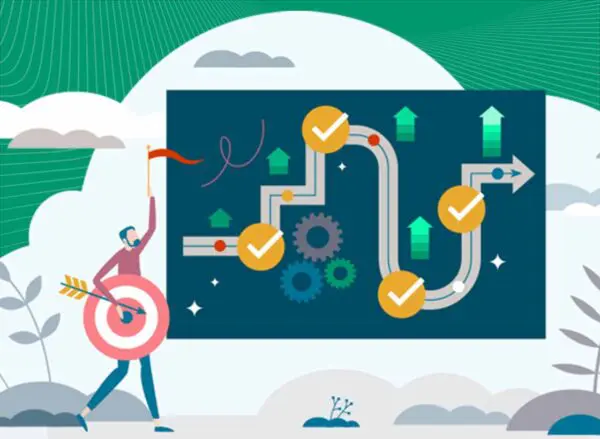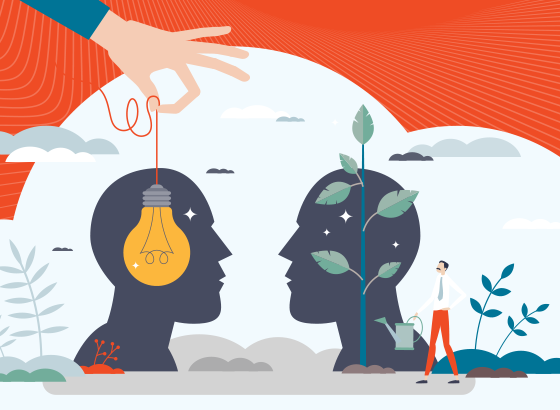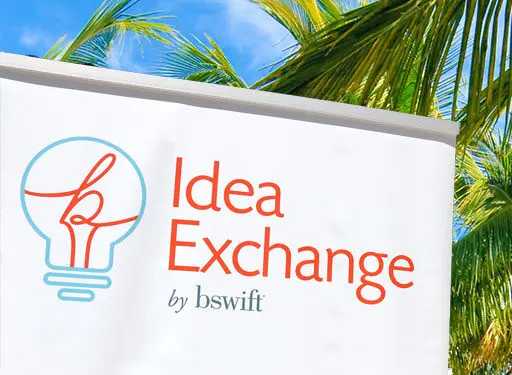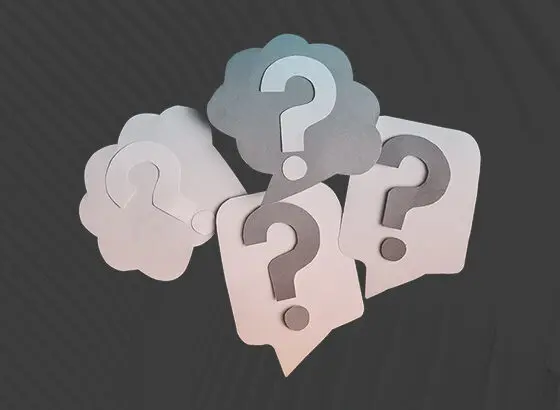My watchword for the last few years has been “adaptability.” How we work has changed, and so has the workplace itself. But with a little forward-thinking, we can remain resilient and productive this year.
In 2023, technology will continue to play a major role in how we adapt. One of the key ways organizations can do this is by leveraging UX insights, virtual assistants and other tech to streamline and automate HR processes. The goal for 2023 is to stay true to the core of “human resources” by freeing up HR teams to focus on the human side of their work.
Here are five trends we’re watching in 2023.
1. Hybrid and remote work is the new norm, and HR must adapt
It’s been a hot topic for years, so let’s get this out of the way: hybrid and remote work are here to stay.
A 2022 Beezy survey found that 73% of employees at large organizations were hybrid or remote.
Overall, we know remote and hybrid work has been a positive shift. It’s improved employee loyalty, retention, morale, and productivity. But it isn’t all good news. The shift has come with a raft of HR challenges. Employers need new ways to establish and maintain trust, collaboration, and employee visibility.
This is where improved technology and communication comes in. With an HR tech stack tailored to your organization that is flexible and employee-focused, you can streamline processes and communication. This could include a range of components like talent acquisition and onboarding tools, benefits administration systems, performance management programs, employee feedback systems and more.
Not only will a reliable and comprehensive HR tech stack reduce costs associated with manual or outdated processes, it allows the human side of human resources come in to focus.
2. The ‘employee-centric approach’ becomes the human approach
In the contest to keep top employees and attract new talent, HR needs to be one step ahead in meeting changing needs.
We’ve all heard about the Great Resignation, anti-work movement, Act Your Wage, and quiet quitting. After the pandemic years, employees are asking for a more human relationship with work. When their needs aren’t met, employees will leave for other opportunities.
That’s why employee experience must be a top priority in 2023. A huge part of this is employee benefits and how they are offered. Bottom line: Employees shouldn’t be bogged down managing benefits. Whether it’s getting married, having a baby or whatever life brings—people need more time to live in those special moments.
And, HR should be free to foster engagement, show appreciation, and help employees meet that very human need to belong—in short, to strengthen company culture. That’s a challenge if they’re busy merging data fields or pushing paper. Making digital-first upgrades to benefits platforms is essential to resolving this dilemma.
3. HR needs to communicate and deliver on a positive benefits experience
Attracting top talent is always a competitive game. A solid benefits package helps companies compete and also helps create a positive employee experience. However, this is only true if employees understand the value in that package.
The truth is that benefits are still pretty confusing to a lot of employees. In fact, according to Human Resource Executive, about half of employees don’t understand their benefits. Thankfully, employees are also pointing us to the solution. Two-thirds say they want their employer to help them better understand their benefits. This job, of course, falls to HR.
Employers need to focus on thoughtful ways to communicate benefits and enrollment information in 2023. Leaning on a ben admin provider with benefits communication services to help you get the message out is essential.
Tapping experts can reduce the burden on HR and boost engagement not just during Annual Enrollment, but year-round. bswift’s Communication Practice has a few tips to help your team get started.
4. Employee wellness becomes whole employee health
After the high stress of the pandemic years, the focus on physical and mental health continues to be key. Companies need to check in before employees check out.
One Forrester study commissioned by bswift shows mental health visits more than doubled in recent years. And the Psychiatric Times reports that nearly 80% of employees developed symptoms of depression and anxiety during the pandemic.
It’s no wonder the Forrester study found that more than two-thirds of employees expect a benefits overhaul. The concept of “wellness” has evolved. It’s no longer just physical health, counting steps, and eating right. Employees are factoring in physical and mental health, plus financial and family health, too.
A streamlined and well-connected benefits administration solution solves for many of these critical education, relationship, and employee experience challenges. For example, bswift offers hundreds of insurance, payroll, HR and wellness integrations. The seamless connectivity encourages greater and more meaningful engagement with benefits.
5. Increased self-service capabilities free HR for the work that matters
Self-service contributes to a better employee experience, a priority across industries.
Millennials are the largest part of the workforce now. Along with Gen Z, they want greater flexibility and autonomy, frictionless self-service capabilities and modern technology. These are must-haves in attracting and retaining the next generation of talent.
Increased self-service empowers both your employees and HR team. A platform that delivers self-service helps HR deliver engaging and personalized experiences. By leveraging UX insights and a mobile-first design, it meets employees where they are. And a virtual assistant can support them through their benefits journey.
HR just needs to carefully choose and deploy the ben admin provider that can do this—one who can help them share their employment value proposition. This gives HR the room to laser focus on building trust, collaboration, employee visibility, and more.
Final thoughts
The years of uncertainty in the pandemic highlighted the need for empathy and connection in the workplace. As we move into 2023, it will be more important than ever for HR professionals to prioritize the wellbeing and engagement of their employees.
Today’s benefits technology providers should be designed to adapt and support the unique needs of different employers. In 2023, we’re continuing to focus on how bswift’s technology can help HR put people first. That’s how we create more adaptable, resilient, and productive workplaces.


